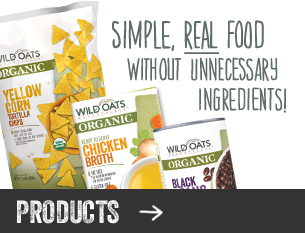You may think you know about high fructose corn syrup.
But if you really did, you’d probably never touch another food or drink containing it.
And don’t be confused by all those news stories that talk about “sugary” drinks.
Because all HFCS has in common with sugar, is that they’re both sweet. And that’s where it ends.
Sugar has been around for a very long time. In fact, way back in 1935, we were consuming over 97 pounds of sugar per person every year, way more than we are today.
And sugar is distinctly different from HFCS in many ways, one being the fact that in sugar, the glucose and fructose are naturally bound together. They’re not in HFCS, and that appears to make a very big difference in how we metabolize it.
It wasn’t until the late ‘70s that HFCS started sneaking into the food supply. First it was in soda, and by now it’s in just about every food and drink imaginable. So much is used at this point that the Corn Refiners Association reported that over 19 billion pounds of HFCS left the factory doors in 2011.
Now it wasn’t easy inventing HFCS. For one thing, corn doesn’t naturally contain any fructose, so scientists had to devise a way to “transform” the glucose it contains into fructose, which is a very complex, laboratory procedure.
But along the way people got increasingly wary of it. So much so that the CRA, which is the lobbying group for the companies that make it, started a multi-million dollar campaign to try and sweeten up its image.
It even tried to petition the FDA to allow a name change to “corn sugar,” and it ran commercials and ads claiming it’s just like sugar.
The FDA didn’t buy it, and here are some more reasons you shouldn’t either:
- Countries that consume large amounts of HFCS have a 20 percent higher occurrence of type 2 diabetes than in places where it isn’t used.
- HFCS can increase your levels of cholesterol and triglycerides.
- A diet high in fructose slows down the functioning of the brain, hampering memory and learning.
- Excess fructose, especially in the form of HFCS, can contribute to weight gain and obesity as it has little effect on the parts of the brain that regulate appetite.
- Studies have shown that high fructose consumption by teens can put them at risk for heart disease.
- It appears that the “free” or unbound fructose found in HFCS can cause liver disease.
So if you’re ready to say NO to HFCS once and for all, here are a few tips:
- Buy organic – you won’t find one drop of HFCS in organic foods.
- Ready the label – okay, that can be a pain, but it’s really the only way to know what you’re buying.
- Watch out when you’re eating out. Bread, mayo, pickles, drinks like iced tea and hundreds of other restaurant items can also contain surprising amounts of HFCS.


 Contact us
Contact us





